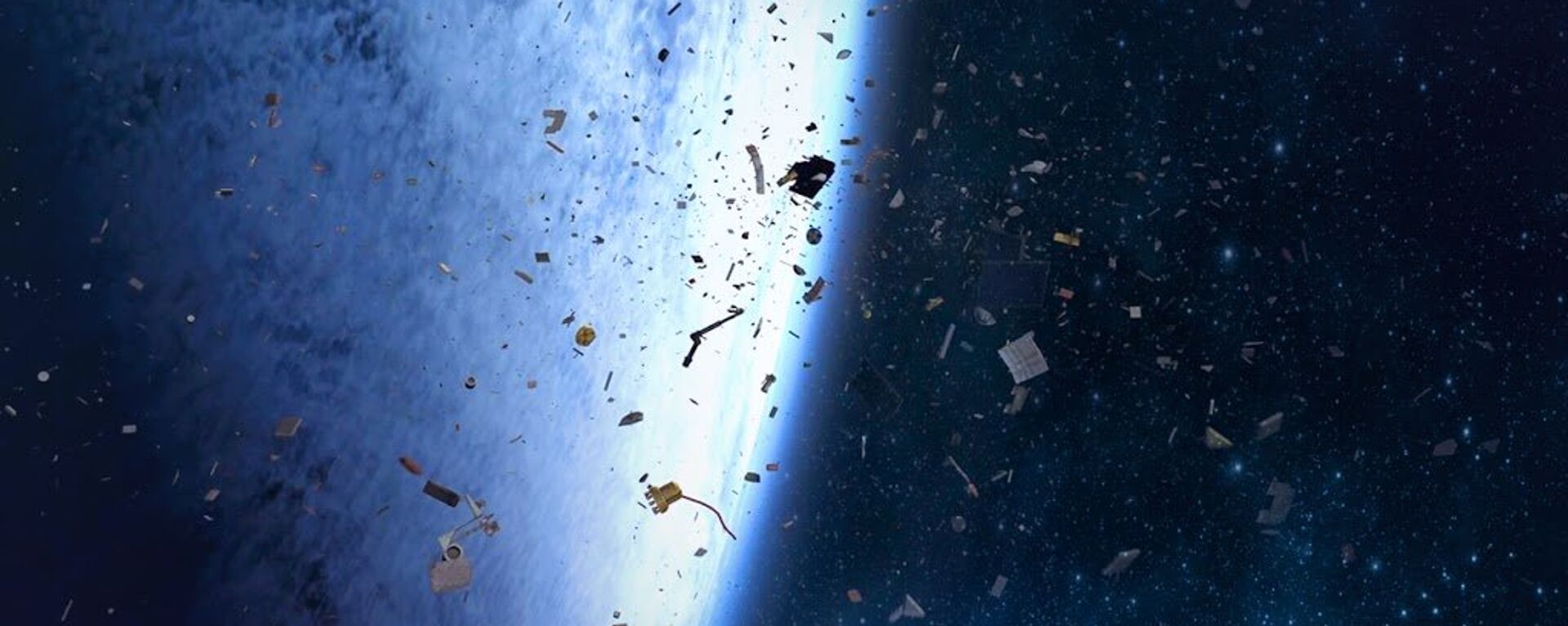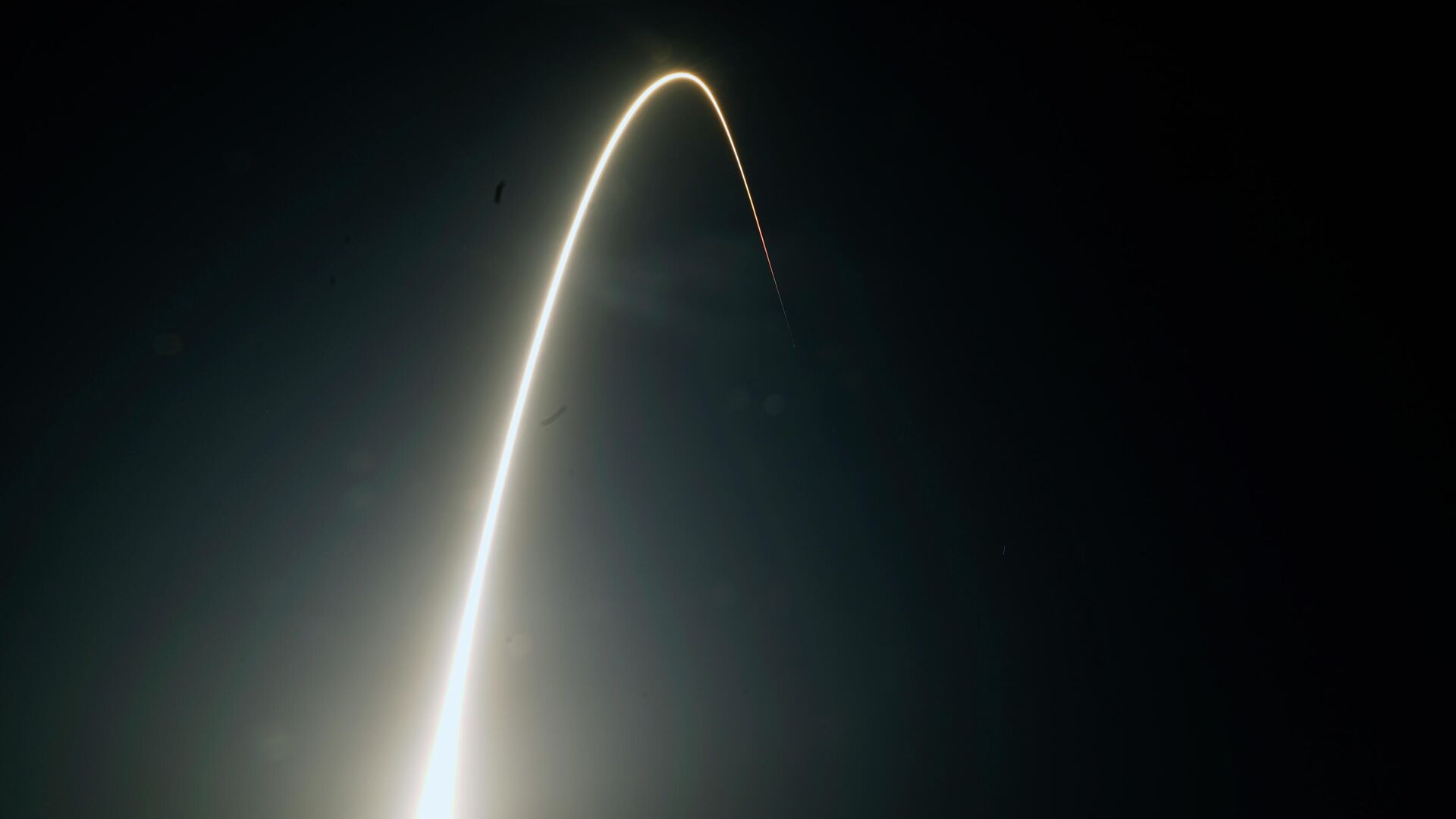https://sputnikglobe.com/20220125/spacex-to-crash-falcon-9-rocket-into-moon-after-it-runs-out-of-fuel-1092501560.html
SpaceX to Crash Falcon 9 Rocket Into Moon After It Runs Out of Fuel
SpaceX to Crash Falcon 9 Rocket Into Moon After It Runs Out of Fuel
Sputnik International
SpaceX launched its first deep-space mission in February 2015. The uncrewed Falcon 9 transported the refrigerator-sized Deep Space Climate Observatory into the... 25.01.2022, Sputnik International
2022-01-25T12:15+0000
2022-01-25T12:15+0000
2022-10-19T20:47+0000
nasa
spacex
elon musk
spacex falcon 9
indian space research organization (isro)
nasa probe
lunar mission
chandrayaan 2
moon
https://cdn1.img.sputnikglobe.com/img/07e6/01/08/1092105624_0:91:3073:1819_1920x0_80_0_0_9a679accf6ff1a6fa2bf815a0f031f2d.jpg
In a first, a Space X rocket that has been navigating deep space since 2015 is expected to be crash-landed on the Moon on 4 March. The Falcon 9's second stage is about four metric tonnes and it should impact the Moon at an expected velocity of about 2.58 km/s.Bill Gray, the creator of the Guide astrometry software, said that after its February perigee – the point in the orbit of the Moon or a satellite at which it is nearest to the Earth – Falcon 9 will travel "to a point almost twice as far away as the Moon" before pausing and returning to crash into the far side of the rock. Professional and amateur astronomers use Gray's Guide astrometry software to track near-Earth objects, asteroids, minor planets, and comets.Sky observers say they would like to determine the impact location as precisely as possible so that NASA's Lunar Reconnaissance Orbiter (LRO) and Indian Space Research Organisation's Chandrayaan-2 can find the crater and photograph it. Scientists have been observing the Moon's surface to understand the presence of ice at the lunar poles for a long time. The Falcon 9 rocket strike could provide some valuable data about the subsurface material of the Moon.SpaceX launched the rocket in February 2015 and placed the Deep Space Climate Observatory (DSCOVR) satellite at the Sun-Earth L1 Lagrangian point, which is about 1.5 million kilometres away from the Earth.
https://sputnikglobe.com/20210826/worlds-first-space-junk-cleaner-satellite-successfully-picks-up-orbital-debris-1083716897.html
Sputnik International
feedback@sputniknews.com
+74956456601
MIA „Rossiya Segodnya“
2022
Rishikesh Kumar
https://cdn1.img.sputnikglobe.com/img/07e4/08/04/1080055820_0:0:388:389_100x100_80_0_0_40018ee210946d65d49ffba4f4c008e1.jpg
Rishikesh Kumar
https://cdn1.img.sputnikglobe.com/img/07e4/08/04/1080055820_0:0:388:389_100x100_80_0_0_40018ee210946d65d49ffba4f4c008e1.jpg
News
en_EN
Sputnik International
feedback@sputniknews.com
+74956456601
MIA „Rossiya Segodnya“
Sputnik International
feedback@sputniknews.com
+74956456601
MIA „Rossiya Segodnya“
Rishikesh Kumar
https://cdn1.img.sputnikglobe.com/img/07e4/08/04/1080055820_0:0:388:389_100x100_80_0_0_40018ee210946d65d49ffba4f4c008e1.jpg
nasa, spacex, elon musk, spacex falcon 9, indian space research organization (isro), nasa probe, lunar mission, chandrayaan 2, moon
nasa, spacex, elon musk, spacex falcon 9, indian space research organization (isro), nasa probe, lunar mission, chandrayaan 2, moon
SpaceX to Crash Falcon 9 Rocket Into Moon After It Runs Out of Fuel
12:15 GMT 25.01.2022 (Updated: 20:47 GMT 19.10.2022) SpaceX launched its first deep-space mission in February 2015. The uncrewed Falcon 9 transported the refrigerator-sized Deep Space Climate Observatory into the void. However, because it doesn't have enough fuel to return to Earth and land on a floating platform as planned, the rocket will instead be ploughed into the Moon.
In a first, a Space X rocket that has been navigating deep space since 2015 is expected to be crash-landed on the Moon on 4 March.
The Falcon 9's second stage is about four metric tonnes and it should impact the Moon at an expected velocity of about 2.58 km/s.
Bill Gray, the creator of the Guide astrometry software, said that after its February perigee – the point in the orbit of the Moon or a satellite at which it is nearest to the Earth – Falcon 9 will travel "to a point almost twice as far away as the Moon" before pausing and returning to crash into the far side of the rock.
"With all the data, we've got a certain impact at 2022 4 March 12:25:39 latitude +4.93, east longitude 233.20, plus or minus a few seconds and a few kilometres," Gray said.
Professional and amateur astronomers use Gray's Guide astrometry software to track near-Earth objects, asteroids, minor planets, and comets.

26 August 2021, 15:25 GMT
Sky observers say they would like to determine the impact location as precisely as possible so that NASA's Lunar Reconnaissance Orbiter (LRO) and Indian Space Research Organisation's
Chandrayaan-2 can find the crater and photograph it.
"If we can tell the LRO and/or Chandrayaan folks exactly where the crater is, they'll eventually pass over that spot and be able to see a very fresh impact crater and probably learn something about the geology (well, selenology) of that part of the moon," Gray concluded.
Scientists have been observing the Moon's surface to understand the presence of ice at the lunar poles for a long time. The Falcon 9 rocket strike could provide some valuable data about the subsurface material of the Moon.
SpaceX launched the rocket in February 2015 and placed the
Deep Space Climate Observatory (DSCOVR) satellite at the Sun-Earth L1 Lagrangian point, which is about 1.5 million kilometres away from the Earth.



